To date, most U.S. Department of Agriculture (USDA) conservation programs have paid landowners to implement certain conservation practices without tying them to environmental outcomes.
However, there is growing interest from agribusinesses, conservation groups, commodity organizations, and others to not only monitor and measure changes in environmental indicators (such as water quality, soil erosion, etc.) but also to tie future government payments to the achievement of certain outcomes. Programs that “pay for performance” (also known as “green payments” or “payments for ecosystem services”) may generate twice the conservation benefits[1] as programs that simply pay farmers to implement certain conservation practices (such as installing stream buffers or terraces) without monitoring to ensure those outcomes are achieved.
A USDA Economic Research Service (ERS) report also estimates that the same level of conservation benefits can be achieved from performance-based payments at 1/5 the cost of practice-based payments (see chart below).[2] Other benefits of paying for performance may include increased flexibility for farmers to achieve environmental outcomes with solutions tailored to local conditions, lower input costs, opportunities for additional income streams, and less burdensome environmental regulations.
Background
Taxpayers spent $30 billion on agricultural conservation programs from 2005-2014. Like with any public investment, taxpayers deserve to understand what return on investment, if any, resulted from these expenditures. However, information about which types of conservation practices are subsidized has been kept from the public eye. The Environmental Working Group (EWG) recently published some of this information but only after submitting numerous Freedom of Information Act requests to USDA.[3] The Agency’s previous reporting has generally only included high-level statistics, such as the number of acres enrolled in certain programs, number of participants, etc., as required through the Government Performance and Results Act.[4]
A few small steps in the right direction have been made toward better understanding the effectiveness of USDA conservation programs and reporting on outcomes instead of outputs.[5] Reporting on outcomes helps measure progress of taxpayer-funded programs, quantifies societal benefits[6], leads to refinement and improvement of conservation programs[7], and helps provide farmers with actionable data to make sound business decisions and conserve land and water resources for future generations.
Measuring Performance within Major USDA Conservation Programs
To date, no major USDA conservation program makes achievement of improved environmental outcomes a condition of receiving taxpayer-backed payments. Progress has been made toward integrating lessons learned and best practices into conservation programs to increase:
● While the Conservation Stewardship Program (CSP) provides larger conservation payments to farmers for tackling several “resources of concern,” payments are not contingent on achieving documented improvements in environmental indicators (i.e., reducing soil erosion). In addition nearly half of CSP payments from FY11-14 were for existing ag conservation practices though, which brings to question whether farmers would have implemented these practices on their own without taxpayer support.
● The Conservation Reserve Program (CRP) – a land retirement program – and Environmental Quality Incentives Program (EQIP) – a working lands program – use environmental benefit indices to rank applicants, but payments are not based on performance since they still rely on farmers simply agreeing to implement a pre-determined set of conservation practices. While EQIP no longer allows program applicants to bid for conservation payments, when this practice was allowed in the past, cost-effectiveness increased by 30%[8]; competitive bidding for EQIP contracts could be resurrected with monitoring achievement of program outcomes as a contributing factor.
● Regarding programs that actually monitor and assess on-the-ground conservation outcomes, USDA’s Conservation Effects Assessment Project (CEAP) has been the largest multi-agency effort “to quantify the environmental effects of conservation practices and programs and develop the science base for managing the agricultural landscape for environmental quality.”[9] However, its reach is still limited. Edge-of-field monitoring may also be funded through CSP (through an enhanced payment[10]) and EQIP, but total funding for the latter initiative was only $2 million in 2016.[11] Finally, CRP has a Monitoring, Assessment and Evaluation Project (MAE). While it attempts to “quantify CRP environmental benefits to water quality and quantity, wildlife, and rural economies,” past studies have not been tied directly to on-the-ground monitoring and measurement.[12]
Future Monitoring and Reporting Efforts
Future monitoring, measurement, and reporting efforts should be well-designed and incorporate best practices learned from projects on-the-ground. As USDA-ERS notes, analyzing benefits should also incorporate the following indicators:
- “Policy relevant—provide a direct link to both the environmental attributes of concern and the behavioral changes associated with the evaluated program incentives;
- Measurable—based on sound science and make use of data that are available or could feasibly be collected;
- Reasonably priced—cost-effective in terms of data collection, processing, and dissemination; and,
- Easy to interpret—communicate essential information to policymakers and other stakeholders.”[13]
To date, measurable goals have primarily focused on water quality and soil erosion. In the future, ERS notes that measurable outcomes could also include conservation of wildlife habitat, wetlands, open space, management of fertilizer and pesticide runoff, improvement of air quality, use of cover crops, reduction of greenhouse gas (GHG) emissions, and soil carbon sequestration.[14]
Case Studies
While monitoring on-the-ground changes in soil and water quality is expensive, several agriculture conservation projects have demonstrated that benefits exceed costs. Below are just a few of the many new projects identifying not only public benefits of lower water treatment costs, better hunting and fishing opportunities, etc. but also private benefits that improve farmers’ bottom lines, both in the short- and long-term.
● USDA’s CEAP program: 14 watersheds across the U.S. are monitoring “water quantity (streamflow, precipitation, drainage, irrigation, and groundwater) and water quality (plant nutrients, pesticides, pathogens, dissolved oxygen)” with soil quality being assessed at all but one of the watersheds.[15] USDA has also partnered with universities such as Mississippi State to determine benefits from cover crop acres and has conducted edge-of-field monitoring in several states, including Arkansas, Indiana, Mississippi, Missouri, New York, Ohio, Vermont, Washington and Wisconsin.[16] CEAP reporting found that focusing erosion-and nutrient pollution-control best management practices on acres with a “high” need for additional treatment can “reduce most edge-of-field losses by about twice as much or more compared to treatment of acres with a “moderate” level of need.”[17] See figure from USDA below for more information.
● Iowa Science-based Trials of Rowcrops Integrated with Prairie Strips (STRIPS) project: a collaboration between Iowa State, state government agencies, USDA, environmental foundations, farmers, and others, with research showing that converting just 10% of a row crop field to prairie strips can reduce soil erosion by 90%, reduce nitrogen runoff by 85%, increase wildlife and pollinator habitat, all while being an affordable option for farmers.[18]
● Field to Market: a collaboration of agribusinesses, agriculture trade groups, and conservation organizations recently developed a Fieldprint® Calculator for “corn, cotton, rice, wheat, potatoes and soybean growers.”[19] The assessment tool “empowers brands, retailers, suppliers and farmers… to measure the environmental impacts of commodity crop production and identify opportunities for continuous improvement.”[20]
● Land Stewardship Project (LSP) in Minnesota: increasing CRP acres, wetlands, and grasslands in targeted areas of MN resulted in “sediment levels in the waters of Wells Creek and the Chippewa River dropp[ing] 84 percent and 49 percent respectively,” with nitrogen pollution plummeting 74 percent in Wells Creek and 62 percent in the Chippewa River.[21] The project also resulted in increased farmer profitability, lower government subsidy commodity payments, and better water quality, which reduces water treatment costs and increases recreational benefits. Other MN projects – such as the Hawk Creek Watershed Project – have documented similar environmental benefits from the implementation of agricultural conservation practices.[22]
● Environmental Defense Fund (EDF) projects in the Corn Belt: EDF and other partners have worked with farmers to conduct on-the-ground testing of fertilizer applications through tools such as NutrientStar, which have resulted in a reduction of fertilizer losses “by an average of 25% on 750,000 acres.”[23] With the high cost of fertilizer, more efficient use can result in lower input costs as well.
Recommendations for Next Farm Bill
In the next farm bill, Congress should take steps to not only improve taxpayers’ return on investment in conservation programs, but also remove underlying perverse incentives (through crop insurance and other farm subsidy programs) that lead to some of the very challenges that conservation programs are intended to address. Policymakers should also heed advice from conservation groups prior to passage of the 2014 farm bill, including implementing a “[farm bill conservation] title-wide approach to measuring, evaluating, and reporting on natural resource and environmental outcomes,” which should lead to better prioritization of taxpayer dollars.[24] Additional policy changes could also help maximize conservation outcomes for every taxpayer dollar spent, including: (1) better transparency and public availability of findings from monitoring efforts, (2) monitoring and evaluation efforts receiving a dedicated funding stream and better integrated with public and private on-the-ground monitoring systems, and (3) paying for new practices instead of funding existing conservation practices, which can yield 500% more environmental benefits per dollar spent.[25] With a national debt nearing a staggering $20 trillion, now more than ever, taxpayer dollars must be better prioritized and spent on projects with the greatest return on investment.
[1] https://www.ers.usda.gov/webdocs/publications/eb5/29515_eb5_002.pdf, https://www.nrcs.usda.gov/Internet/FSE_DOCUMENTS/nrcseprd1250408.pdf
[2] https://www.ers.usda.gov/webdocs/publications/eb5/29515_eb5_002.pdf, https://www.nrcs.usda.gov/Internet/FSE_DOCUMENTS/nrcseprd1250408.pdf
[3] https://conservation.ewg.org/what-do-conservation-data-tell-us.php
[4] http://foodandagpolicy.org/sites/default/files/AGree%20Ag%20Conserv%20and%20Environ-Apr%202013.pdf
[5] http://journals.plos.org/plosbiology/article?id=10.1371/journal.pbio.0040105
[6] http://ecoagriculture.org/publication/measuring-the-effectiveness-of-landscape-approaches-to-conservation-and-development/
[7] https://www.nrcs.usda.gov/wps/portal/nrcs/detail/national/water/quality/tr/?cid=stelprdb1240285
[8] https://www.ers.usda.gov/webdocs/publications/eb3/29506_eb3_002.pdf?v=41326
[9] https://www.nrcs.usda.gov/wps/portal/nrcs/main/national/technical/nra/ceap/
[10] https://www.ers.usda.gov/webdocs/publications/eb5/29515_eb5_002.pdf
[11] https://www.nrcs.usda.gov/wps/portal/nrcs/detail/ar/home/?cid=stelprdb1237182
[12] https://www.fsa.usda.gov/FSA/webapp?area=home&subject=ecpa&topic=nra
[13] https://www.ers.usda.gov/amber-waves/2006/july/measuring-the-success-of-conservation-programs/
[14] https://www.ers.usda.gov/amber-waves/2006/july/measuring-the-success-of-conservation-programs/
[15] https://www.nrcs.usda.gov/Internet/FSE_DOCUMENTS/nrcs143_013343.pdf
[16] https://www.nrcs.usda.gov/wps/portal/nrcs/detail/national/newsroom/releases/?cid=NRCSEPRD958462
[17] https://www.nrcs.usda.gov/Internet/FSE_DOCUMENTS/stelprdb1176981.pdf
[18] https://www.nrem.iastate.edu/research/STRIPs/
[19] https://calculator.fieldtomarket.org/fieldprint-calculator/
[20] https://fieldtomarket.org/our-program/fieldprint-platform/
[21] http://www.wkkf.org/~/media/1A85E05FA6354947942BA86007C17E4E.ashx
[22] https://water.usgs.gov/coop/products/qw/agriculture.html
[23] https://www.edf.org/ecosystems/sustainable-ag-more-crop-drop-fertilizer
[24] http://www.defenders.org/sites/default/files/publications/farm-bill-conservation-consensus-statement.pdf
[25] https://www.ers.usda.gov/webdocs/publications/eb5/29515_eb5_002.pdf

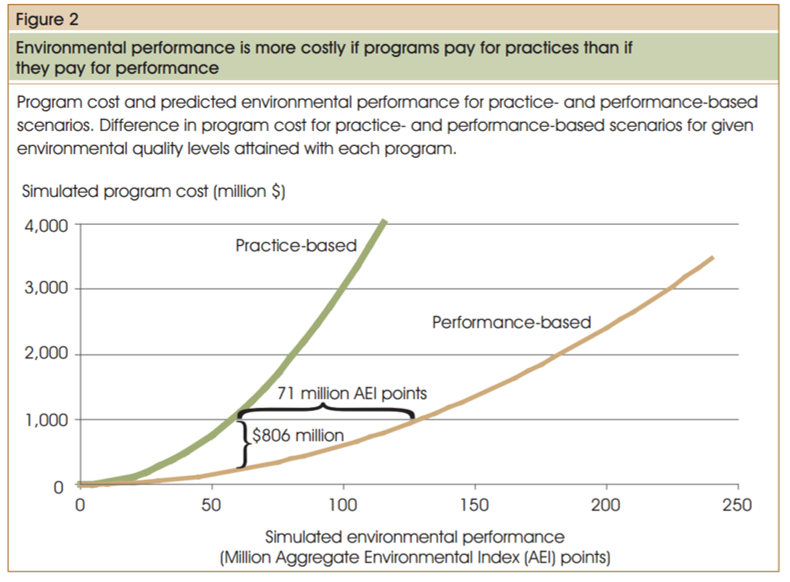
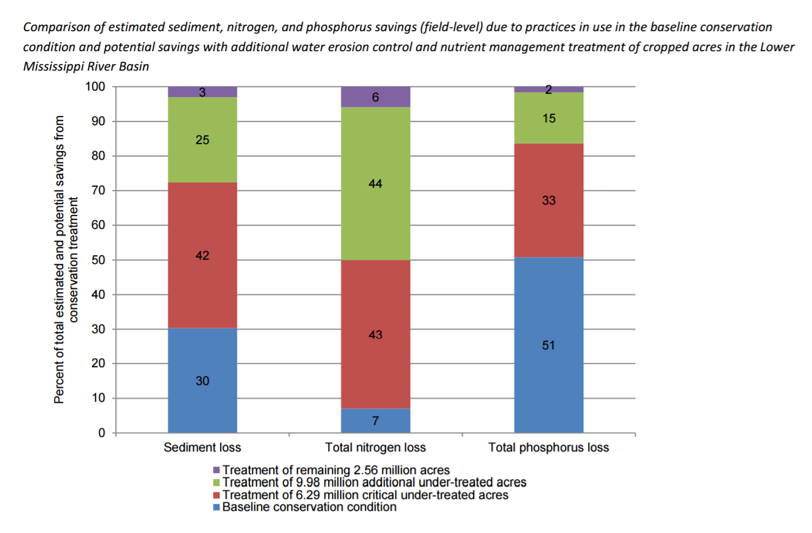



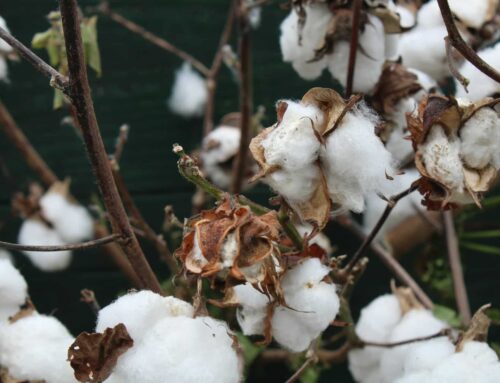
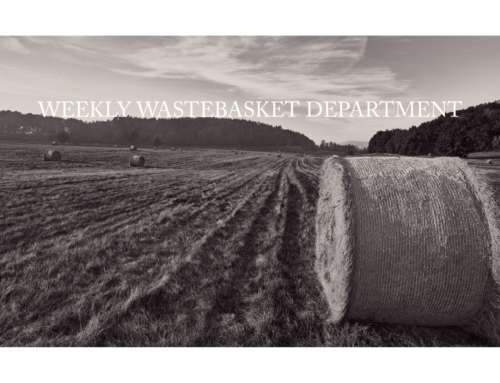
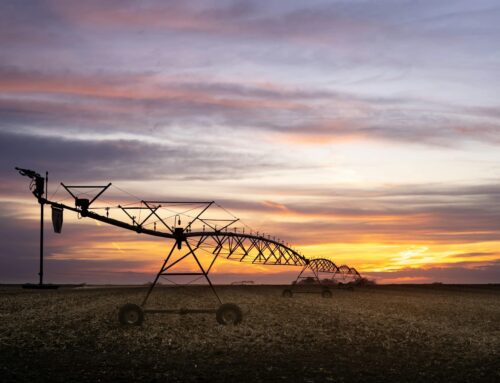







Get Social